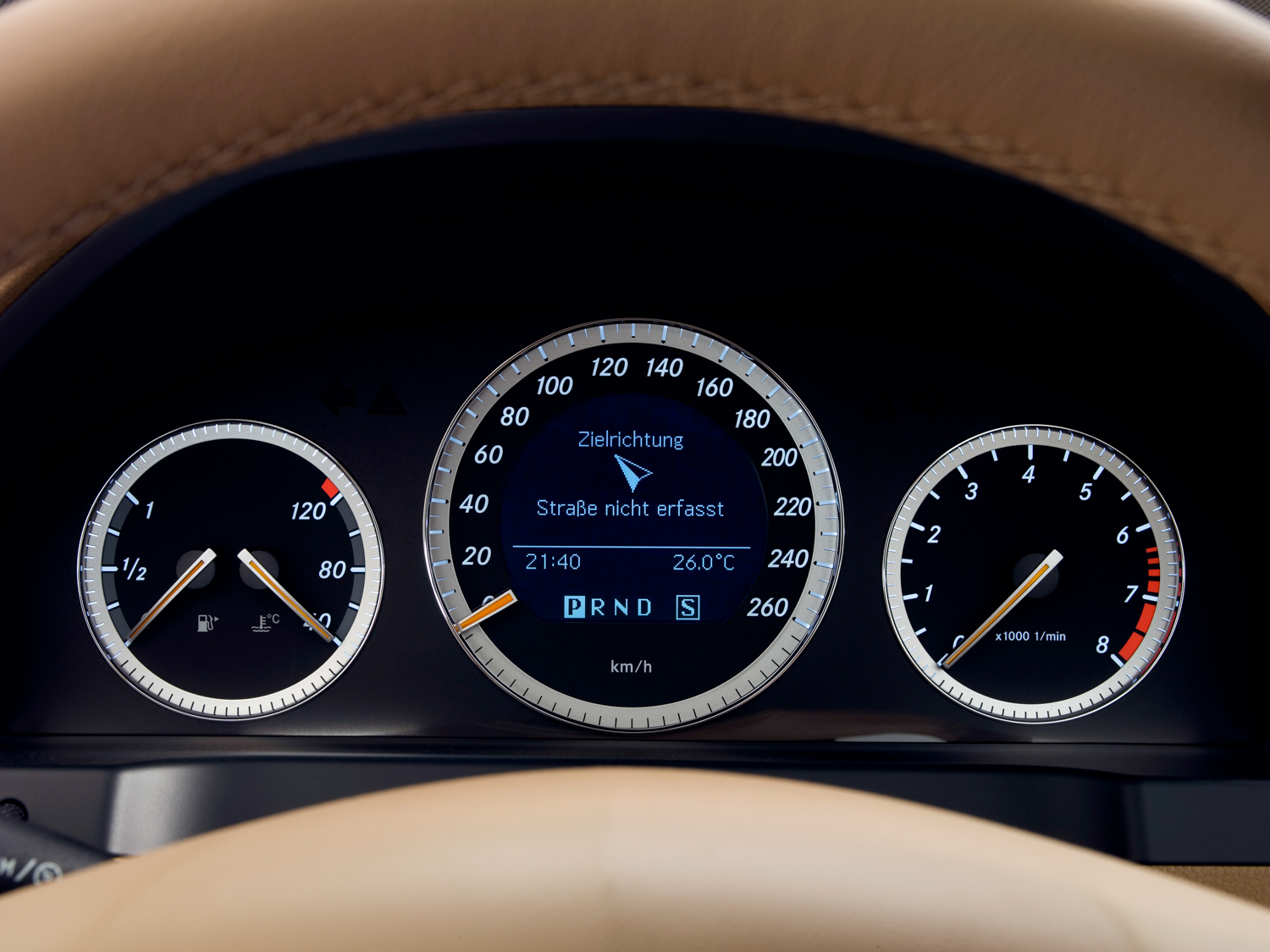Here’s why gas is sold in gallons but engines are sized in liters
Have you ever wondered why car engines are sized in liters and car parts are measured in millimeters, yet gas is sold by the gallon and distance driven is measured in miles? Blame America’s use of United States customary units, or USCS.
Formerly known as Imperial measure, it’s a system that dates to a British act of Parliament in the 1590s, and one that many, including Congress, have tried to change. In fact, you may not have noticed it, but we recently passed an anniversary of a law that few know exist: “The Metric Act of 1866.” Also known as H.R. 596, it was passed by Congress on July 27, 1866, and signed into law the following day by President Andrew Johnson.
Nevertheless, we do not measure distance in meters, but do measure some, but not all, liquids in liters. According the Department of Commerce, the U.S. is the only industrialized nation that does not mainly use the metric system. How did this happen?
Created by the culture that gave us the guillotine
20171208205515)
The metric system was established by the Paris Academy of Sciences in 1790 to make measurements consistent across France, not to mention Europe. Scientists created the metric system using decimal-based divisions, uniform Greek and Latin prefixes (kilo-, deci-, milli-), and a short list of basic units, of which the most basic was the meter. This happened just as the newly-formed United States was shopping for its own uniform system of weights and measure, which was anything but uniform at the time. Each state had its own arrangement. So, while New England was using English measures, New York was using a Dutch system.
But the French dithered on how long a meter should be. In 1795, it was decided that a meter would be 1 / 10,000,000th of the distance from the equator to the North Pole through Paris. Being a French system, Washington’s Secretary of State, Francophile Thomas Jefferson, recommended it until hearing of the parochial definition of the length of a meter. President Washington and Congress were also annoyed, as were the British and Germans. The U.S. chose imperial measure, even as the rest of the world began to embrace the metric system.
Congress legalizes the metric system
Four decades later, on July 27, 1866, Congress decided it was the country’s interest to join the rest of the world, enacting H.R. 596, “The Metric Act of 1866,” making the metric system legal in the U.S. Signed into law the following day by President Andrew Johnson, it stated that “it shall be lawful throughout the United States of America to employ weights and measures of the metric system.” But, in a move typical of Congress, the law didn’t require that metric be used, although they did supply conversion tables to convert to metric from imperial measure.
In 1875, the U.S. signed the “Treaty of Meter” in Paris, joining 16 countries in establishing the International Committee on Weights and Measures. But the U.S. did nothing about it until 1893, when the government standardized its traditional measurements in fractions of metric measure. Little more happened thanks to U.S. industrialists whose machinery relied on inches. Since replacing them with metric-based machinery would be too costly, they blocked any attempts at making metric the American measurement standard.
The military gets involved and Congress acts
And so it was until 1957, when the U.S. Army and Marine Corps switched to the metric system for weaponry and supplies. NASA followed in the 1960s. By 1965, even England, a country not known for tossing aside tradition, began transitioning to the metric system in an effort to better mesh with the European Common Market.
This finally moved the U.S. Department of Congress to study the matter that same year. Upon receiving the findings three years later, Congress, acting with its usual swiftness, passed the “Metric Conversion Act of 1975.” Signed by President Gerald Ford, it stipulated a voluntary conversion to metric, which was met with hysterical cries from people wed to a system developed at a time when bloodletting was considered a medical cure. (Today’s trend is medical marijuana, and most smokers know that 28 grams equals one ounce).
The law established the U.S. Metric Board, which was supposed to help us convert to metric. Companies with international business went metric. Indeed, car brochures from the late 1970s include both metric and imperial measures. But public opposition was fierce. In 1982, President Reagan disbanded the Metric Board.
Congress tries again

Nevertheless, Congress amended the “Metric Conversion Act of 1975” in the “Omnibus Trade and Competitiveness Act of 1988,” making the metric system the preferred system of measure for United States commerce and procurement. The law mandated that government agencies convert to metric by 1992, but not the private sector.
Since then, there has been slow, steady change.
In 1994, the “Fair Packaging and Labeling Act” required both metric and Imperial measures on commercial packaging. Further amendments to the law were made in the “Savings in Construction Act of 1996” and the “Department of Energy High-End Computing Revitalization Act of 2004” with little effect; most American-facing businesses still use the imperial system.
So rest easy. You can buy a 12-ounce can with its 39 grams (or 9.75 teaspoons) of sugar and run it off in a 5K race. Most likely, the 5K chase car will have a speedometer in miles per hour, even though the rest of the vehicle is built to metric specifications.
One last thought
While the Beach Boys’ 409 sounds better than 6.7, driving 105 kph feels faster than 65 mph. It’s merely a matter of mind over measurement.


